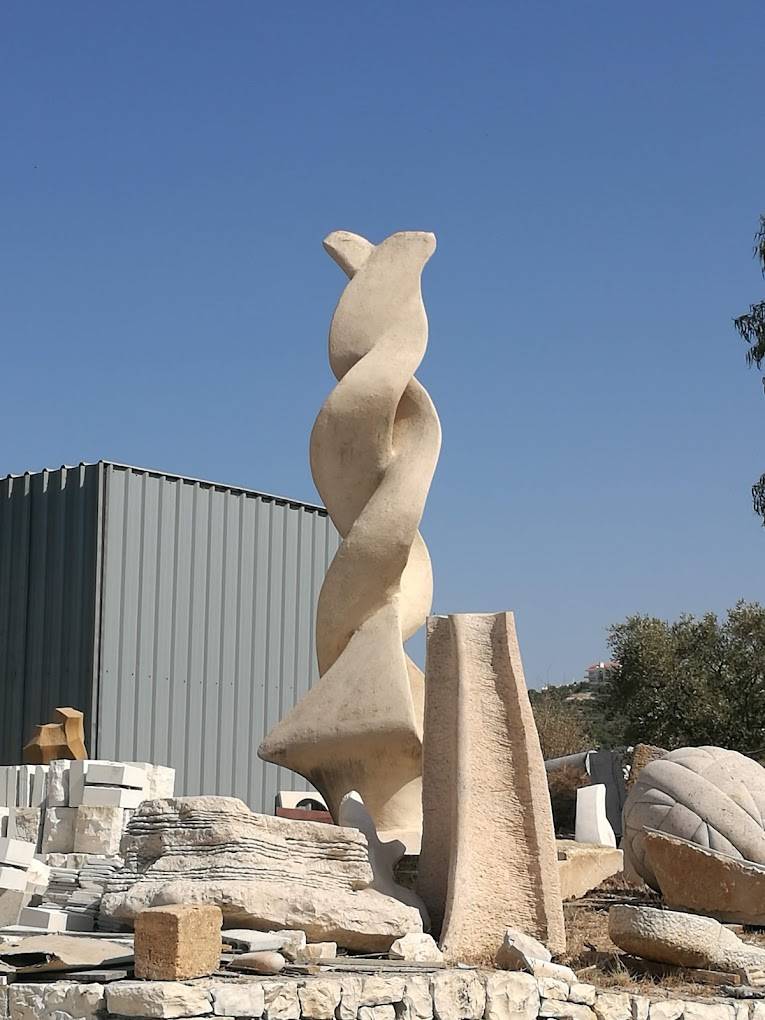Business Process Improvement consultancy in Dubai.
Lean processes sculpted for those who seek fortresses not castles of sand.
Enhancing a business or marketing process involves identifying and isolating the underlying challenges, bottlenecks, or leaks, which marks halfway progress toward finding a solution. The remaining half lies in implementing changes or revamping the entire system in a practical manner, leading to a new process that is actually faster, more precise, effective, and dependable.
The Seven Wise Men is an international award-winning process improvement consultancy. Our approach tracks down and breaks up complex challenges into smaller and more manageable chunks before solving them and building control systems that ensure problems do not happen again.
Our team’s expertise extends beyond crafting relevant solutions; we are equally committed to ensuring their successful implementation and to guaranteeing measurable and substantial real-world gains. After the initial examination, our clients achieve certification for ISO, TÜV, or any other quality standards they aim for.
Our track records demonstrate that smaller process improvements usually result in improvements of less than 30% while process re-engineering directly result in improvements of more than 30%.
In a world of promises, we bring about tangible actions and concrete results.
Trusted by top companies.































How the system works.
This is how we approach process improvement.
Step 1
Preparation
Realize the need to improves processes.
Step 2
Set goals
Determine which quality standards to comply with.
Step 3
Set priorities
Identify top priorities and set boundaries to prevent waste of resources.
Step 4
Map processes
Represent workflows graphically.
Step 5
Make initial assessments
Identify gaps between the status quo and benchmarks to aim for.
Step 6
Surveil work
Monitor, on site, how people do their work.
Step 7
Document new processes
Document new and detailed work instructions.
Step 8
Implement new processes
Implement and fine-tune new working procedures.
Step 9
Do an internal audit
Put control systems in place.
Step 10
Get certified
Get certified for the quality standards you require.
Step 11
Hold training workshops
Train people on how to do their jobs using the new ways.
Step 12
Report gains
Report the new gains made to management.
The barriers.
It rarely happens for companies to improve business and marketing processes. Employers end up with costly bottlenecks, gaps, leaks, and waste.
"Fire-fighting" problems
Managers are overwhelmed by the demands of daily administration.
Cutting corners
Staffs circumvent procedures just to expedite work.
High staff turnover
The absence of well-defined systems and procedures complicates their implementation for staff members.
Long lead times
Numerous businesses face extended order-to-delivery times.
The remedy.
The Seven Wise Men has world-class process improvement capabilities tailored to the local market and we are committed to substantive solutions. Our service offering meets different expectations and needs.
Flexible contracts
1, 3, 6, 9 or 12-month options are available.
Free proposal and consultation
Competitiveness
Gain internal competitive edges that your competition cannot duplicate.
Experience
Over 25 years of experience in the UAE, GCC, and Canada.
Diligence
Diligence and meticulousness in tracking details.
Clarity
Clarity, accuracy, and pragmatism.
On-time
Timely delivery of projects.
Get to know us.
The Seven Wise Men retains the services of a Balanced Scorecard (BSC) veteran and 2 process experts with a combined experience of 35 years.
We are grounded and recognized achievers who have hands-on experience in analyzing performances of large and smaller teams, as well as revolutionizing performances.
Cost of process improvement.
The cost of improving a process varies according to the scope of work, the number of people involved, and the maturity of the existing organizational structure. However, we do provide the maximum Quality-to-Price ratio.


Unique advantages.
The more achievements we accumulate, the more nimble and creative we become. We are not hyper-rational individuals, who are set in narrow specializations and single-minded entrenchments.
The Seven Wise Men demonstrates exceptional expertise in the Balanced Scorecard (BSC). Our team has a track record of innovating business and marketing processes across six distinct levels: company, group, division, business unit, plant and cell, and individual.
How much time does it take?
A comprehensive re-engineering of a single system typically involves one month for thorough dissection, analysis, and solution development. Implementation of these solutions may then require an additional two to four weeks.
Minor or moderate process changes requite less time than this.
industries we serve.
We’ve devised, executed, and implemented business and marketing processes across 11 countries, including the Emirates and Canada.
Our clients comprise manufacturers, retailers, tourism and hospitality enterprises, wellness, recreation, and leisure facilities, freight and logistics firms, educational and healthcare organizations, IT and media entities, as well as real estate and construction companies.
Deliverables: what’s included?
Process overview
A narrative description explaining the purpose of the process and relevant data and associated facts.
Process maps
Visual representation of a process outlining key tasks on an intra- and inter-departmental level.
Detailed documents
A narrative description and justification of adjustments needed.
Potential assessments
Assess an individual’s potential to further develop and improve.
Risk analysis
A narrative that identifies risk sources per workstation and sets risk prevention and management tactics.
Control systems
Systems that identify deviations from goals on time, which allow corrective actions to be taken proactively.
Contingency plans
Tactics that allow for uncertainty factors into initial planning.
Implementation plan
An action plan that delimits key phases and associated timelines.
Impact analysis
A report that quantifies gains made due to the new processes and system integration.
Training workshops
Train the personnel on the new business processes and relevant other types of training.
Dashboard
Dashboard to track key processes and to keep tracks on critical workflows.
Different types of processes.
| Marketing processes | Quality processes | Risk prevention processes |
| Sales processes | Manucfacturing processes | Franchising processes |
| Operating processes | Value creation processes | Proposal management processes |
| Brand-building processes | Location selection processes |
Media appearances and Awards.
- CNBC Arabia TV interviews
- Dubai Tourism and Commerce Marketing (DTCM) and Reed Exhibitions (U.K.)
- Media interviews

Let us fix inefficient and broken business and marketing processes.
- Expedite production and delivery times
- Minimize operating costs and overheads
- Improve quality control
- Control productivity per person and overall
- Map and document processes
- Qualify for ISO, TUV or other international quality standards
The value of making a call
Step1
Tell us about your priorities.
Step2
Discuss main obstacles faced.
Step3
Get our media pack.



